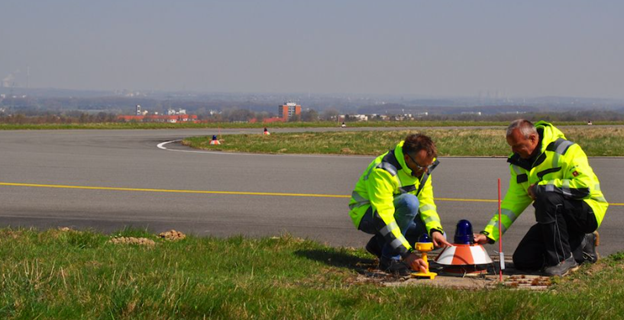As they play a pivotal role in guiding aircraft during takeoff, landing, and taxiing, airfield lighting maintenance is a staple of airspace operations. However, maintaining these systems isn’t a trivial matter. Compliance with strict regulations and standards is the key to ensuring safety and efficiency in our skies.
The Significance of Airfield Lighting
Airfield lighting systems serve as guiding beacons for pilots, comprising an array of lights, signs, and visual aids. These systems are indispensable for the following reasons:
Safety: The primary objective of airfield lighting is to bolster safety during flight operations. It offers pilots crucial visual references, enabling them to execute precise manoeuvres, even in adverse weather conditions.
Efficiency: Airfield lighting is the linchpin for smooth air traffic flow, minimizing delays and disruptions. It ensures that planes can safely land and take off according to schedule.
Reduced Human Error: Standardized and consistent signals provided by airfield lighting reduce the risk of human error, enhancing operational safety.
Compliance in Airfield Lighting
Why is strict compliance with these regulations and standards of paramount importance? The answer is simple: compliance is the bedrock of aviation safety.
Safety: Compliance guarantees that airfield lighting systems are designed, installed, and maintained to the highest safety standards, significantly reducing the risk of accidents.
Performance: Well-maintained lighting systems perform optimally, minimizing downtime and ensuring that lights remain bright and visible, even in adverse weather conditions.
Reputation: Airports that consistently comply with regulations and standards build a robust reputation for safety. Airlines and passengers alike prefer airports that prioritize safety.
Ensuring Compliance: Best Practices
To maintain compliance, airports should adopt a series of best practices to ensure their airfield lighting systems are always in pristine condition.
Regular Inspections and Maintenance
Regular inspections and maintenance are the lifeblood of airfield lighting compliance. Routine checks and maintenance ensure that all components are functioning as intended. This not only keeps passengers and crew safe but also averts costly issues and disruptions.
Staying Informed about Regulatory Changes
Aviation regulations and standards are not static; they evolve to meet the changing needs of the industry. Airports must stay informed about these updates and implement any necessary changes. Subscribing to industry newsletters and attending relevant training sessions can help in staying up-to-date.
Training and Education
A well-trained maintenance staff is pivotal for compliance. Staff members need to comprehend the significance of their work and the regulations they must adhere to. Regular training sessions and educational programs are essential to keep everyone well-informed and prepared.
Robust Record Keeping
Accurate and thorough record keeping is the unsung hero of compliance. These records provide a clear history of maintenance and help demonstrate compliance during audits. It’s crucial to maintain records for all maintenance and inspections, as they act as your safety net.
Consequences of Non-Compliance
Non-compliance with airfield lighting regulations can lead to severe consequences. While the ramifications may vary depending on the nature and severity of the violation, they typically include:
Safety Risks: Non-compliance can compromise safety, as dim or malfunctioning lights can create confusion for pilots, increasing the risk of accidents.
Legal Penalties: Airports consistently flouting regulations may face hefty fines and legal action. Ignoring these regulations is not merely a matter of safety but a legal requirement.
Reputation Damage: Non-compliance can tarnish an airport’s reputation. Passengers and airlines may lose trust in the facility, potentially leading to a decrease in business.
Operational Disruptions: Malfunctioning lights can result in operational disruptions, causing delays and costly downtime. This can significantly impact an airport’s financial bottom line.
Conclusion
Airfield lighting maintenance is a vital component of aviation safety and efficiency. Compliance with regulations and standards is the cornerstone of keeping these systems in exceptional working condition.
By adhering to these guidelines and best practices, airports can ensure that their airfield lighting systems perform at their best, keeping the skies safe and aircraft on schedule.







